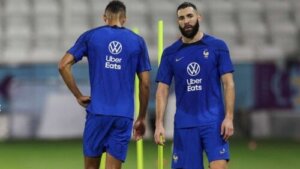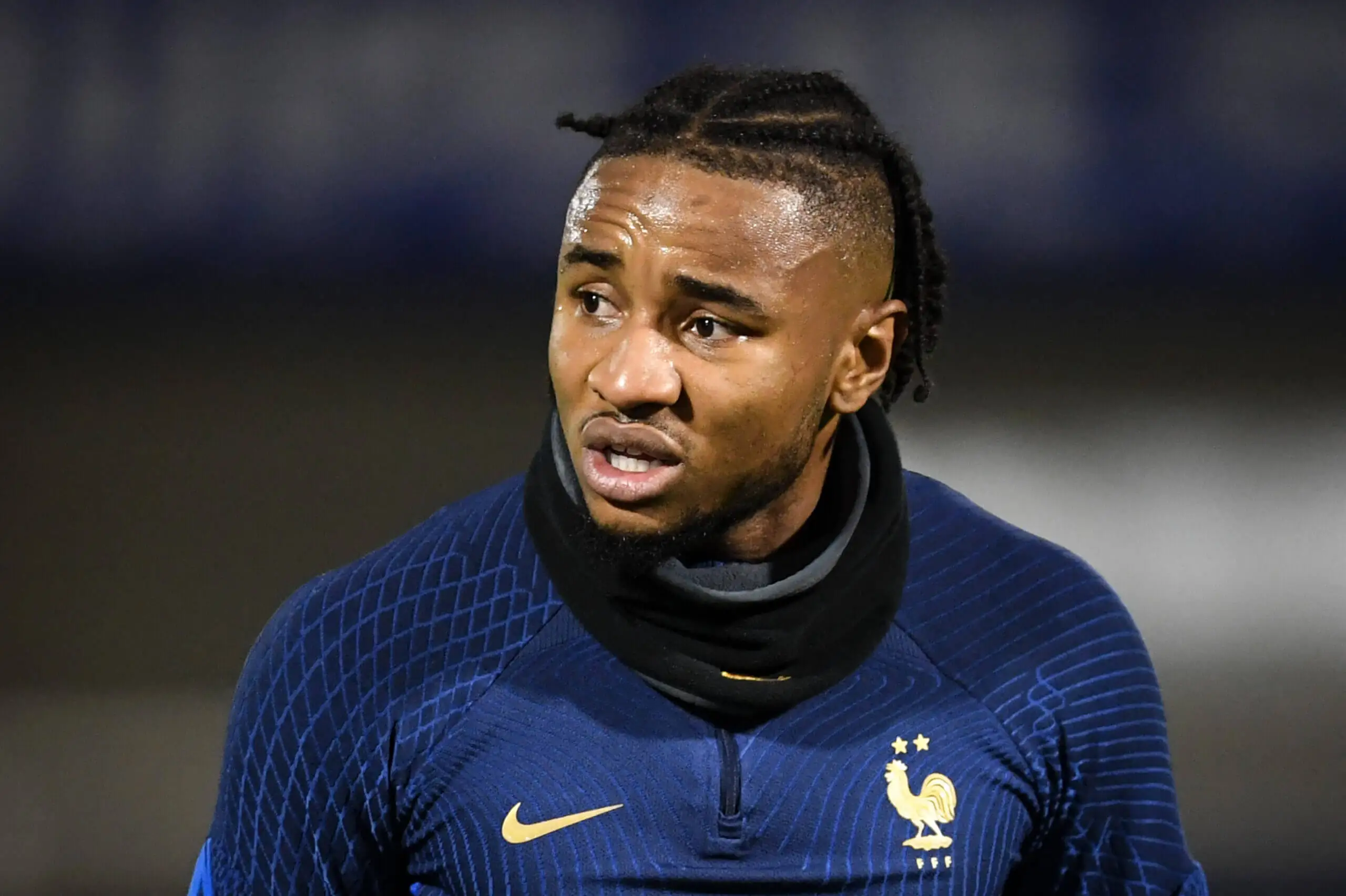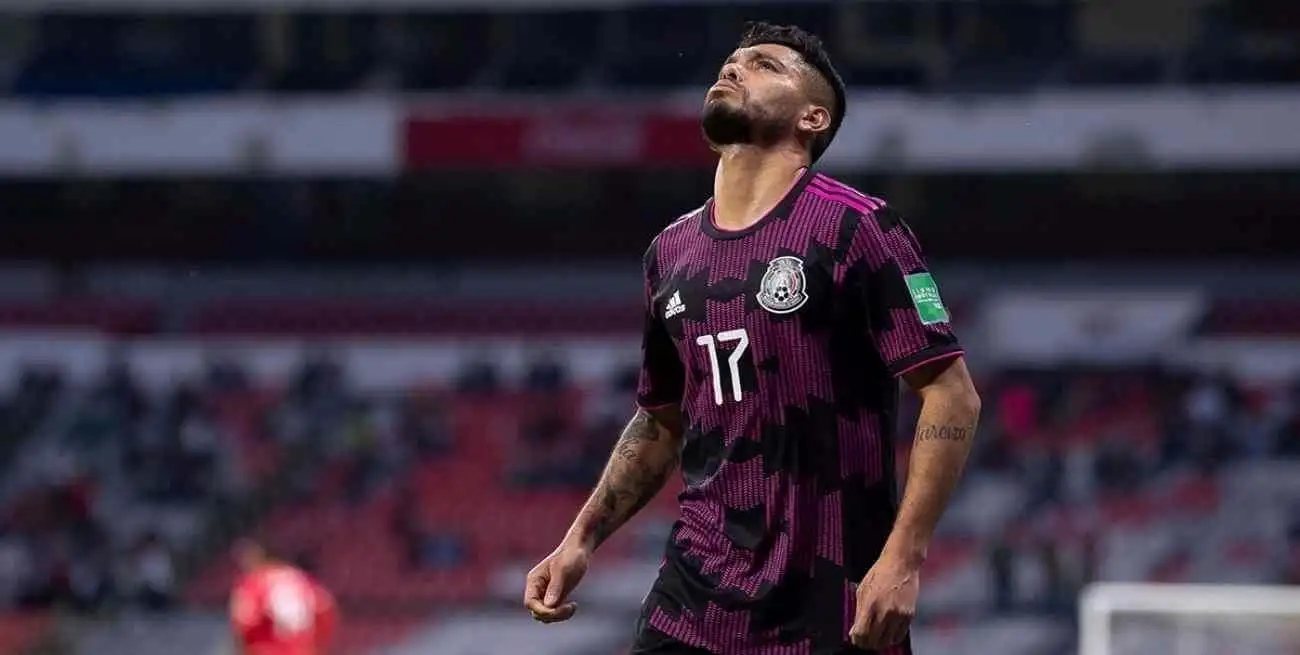4 Training Injuries that Affected the Qatar 2022 World Cup Teams


Written and verified by the doctor Leonardo Biolatto
The French national team was one of the most affected by training injuries during the past World Cup, from the case of the last Ballon d’Or winner, Karim Benzema, to the video that went viral of Nkunku’s injury.
Injury-related absences in training often cause a lot of frustration for players. Furthermore, leaving the field of play due to a blow, a fall, or a collision with an opponent is different. In these cases, the moment is perceived as bad luck and logical questions arise about mistakes that could have been avoided.
Let’s take a look ay the situations of 4 players who couldn’t take part in the World Cup in Qatar 2022 because of a problem during their training.
4 Training Injuries that Affected the Qatar 2022 World Cup Teams
1. Karim Benzema
A day before the start of the opening day of Qatar 2022, the French star had to withdraw from training with clear signs of discomfort. Benzema’s left thigh quadriceps was troubling him and the French medical team acted immediately to assess his condition.
A blow to the quadriceps of the left thigh. He is forced to withdraw from the World Cup. The whole team shares Karim’s sadness and wishes him a speedy recovery. -Press release from the French Football Federation
There was not much more information on the player’s muscular problem. However, what was clear is that his participation in World Cups did not have a good track record. In fact, the closest precedent, from Russia 2018, reminds us that he was not called up by his country because he was involved in a legal scandal that had nothing to do with soccer.
Find out How Many Games do Soccer Players Play Per Year and What Are the Risks?
2. Christopher Nkunku
At 23, the Leipzig striker and also a member of the French national team misses out on Qatar 2022. And, France coach Didier Deschamps seems to be the coach who will accumulate more casualties.
A video circulated on the networks with the precise moment of Nkunku’s injury in a training session. In a collision with Eduardo Camavinga, his teammate, the result is a sprained knee.
This injury is classic in soccer and occurs mainly due to a collision with high inertial force. Other times, it responds to a sudden change of direction in a run or sprint.
Similarly, knee sprain is, in simple terms, a stretching of some ligaments of the joint beyond their normal limit. This results in the soft tissues not being able to return to their original state, causing pain, swelling and functional impotence.
Furthermore, the problem is classified in degrees, according to its severity:
- First degree: there’s stretching without rupture of the knee fibers.
- Second degree: a broken part of a ligament of the joint.
- Third degree: this is a completely torn ligament.
There was no concise information on the severity of Christopher Nkunku’s injury. However, he required several weeks of rehabilitation before returning to the field with his club as early as 2023.

3. Nicolas Gonzalez
Argentina is another candidate to win the cup at the 2022 World Cup in Qatar. However, its players have not been exempt from injuries in training.
Nicolás González, a Fiorentina striker, had muscular discomfort the Argentine medical staff was already monitoring. Finally, it turned into a concrete injury and he had to be disqualified.
After today’s training session, Nicolás González suffered a muscular injury and will be disqualified from the World Cup roster. -Asociación del Fútbol Argentino
We know that the problem was a tear in the left femoral biceps. This is because this muscle tends to get injured in soccer players, as it happened to Dembelé, for example.
The biceps femoris is part of the hamstring muscles, located at the back of the thighs. They connect the pelvis to the knee and the proximal part of the leg.
Thus, if the tear is complete and the rupture is close to or over the tendon of the muscle, the approach is surgical. The surgeons must perform the procedure quickly to reduce the possibility of future complications.
The process then becomes lengthy. And, according to estimates, an athlete needs 5 to 6 months to return to the field in optimal condition and compete.
Read about How is Artificial Intelligence Used in Professional Soccer?
4. Jesús Corona’s training injuries in Qatar 2022
The Mexican suffered an injury in August 2022, long before the World Cup. However, his problem was serious: he had a fracture of the left fibula and torn ligaments in the ankle of the same side.
The event occurred during a training session of Sevilla FC, the team he belongs to. At the time, surgery was performed quickly to place a plate with screws in the bone and suture the deltoid ligament of the ankle.
In principle, this type of injury requires a recovery of between four and five months. -FC Sevilla message
Mexico had hoped that the rehabilitation would be quick, almost miraculous. However, this did not happen, and the athlete is not in the right shape to face the group stage matches.
An official statement from Mexico’s National Teams Directorate confirmed that there was no full recovery in Corona’s postoperative period. Thus, he would not be able to participate in the World Cup. For better organization of the technical director, they endorsed the decision in early November.

Training injuries are part of soccer
A blow, a collision with a teammate, a bad step…. Even elite athletes can expect for training sessions to lead to injuries.
Although clubs and national teams take the utmost care of these moments, the body suffers from different movements and the overload of dates and physical demands. Thus, coaches must confront the challenge of reassembling their squads and seeking victory with new teams.
All cited sources were thoroughly reviewed by our team to ensure their quality, reliability, currency, and validity. The bibliography of this article was considered reliable and of academic or scientific accuracy.
- Dalmau-Pastor, M., et al. “Anatomía del tobillo.” Rev Esp Artrosc Cir Articul 27.1 (2020): 5-11.
- Lobo, Karen Lizeth Mendoza, et al. “Análisis de las lesiones más frecuentes en miembros inferiores en el fútbol.” PODIUM-Revista de Ciencia y Tecnología en la Cultura Física 17.3 (2022).
- Monsalve, Francisco J. “Enfoque del esguince de rodilla.” Enfoque del trauma ortopédico: Primera edición (2018).
This text is provided for informational purposes only and does not replace consultation with a professional. If in doubt, consult your specialist.








